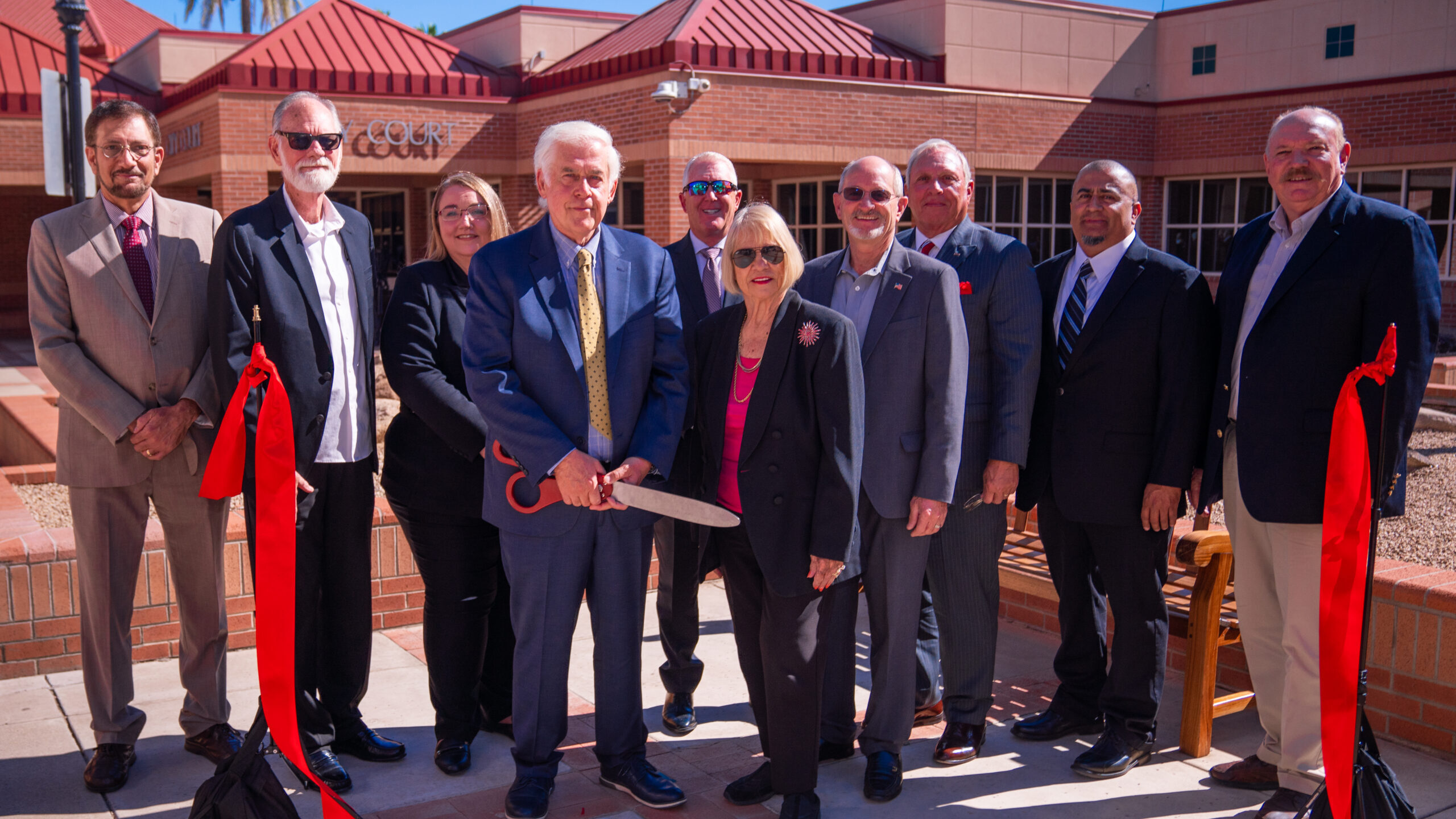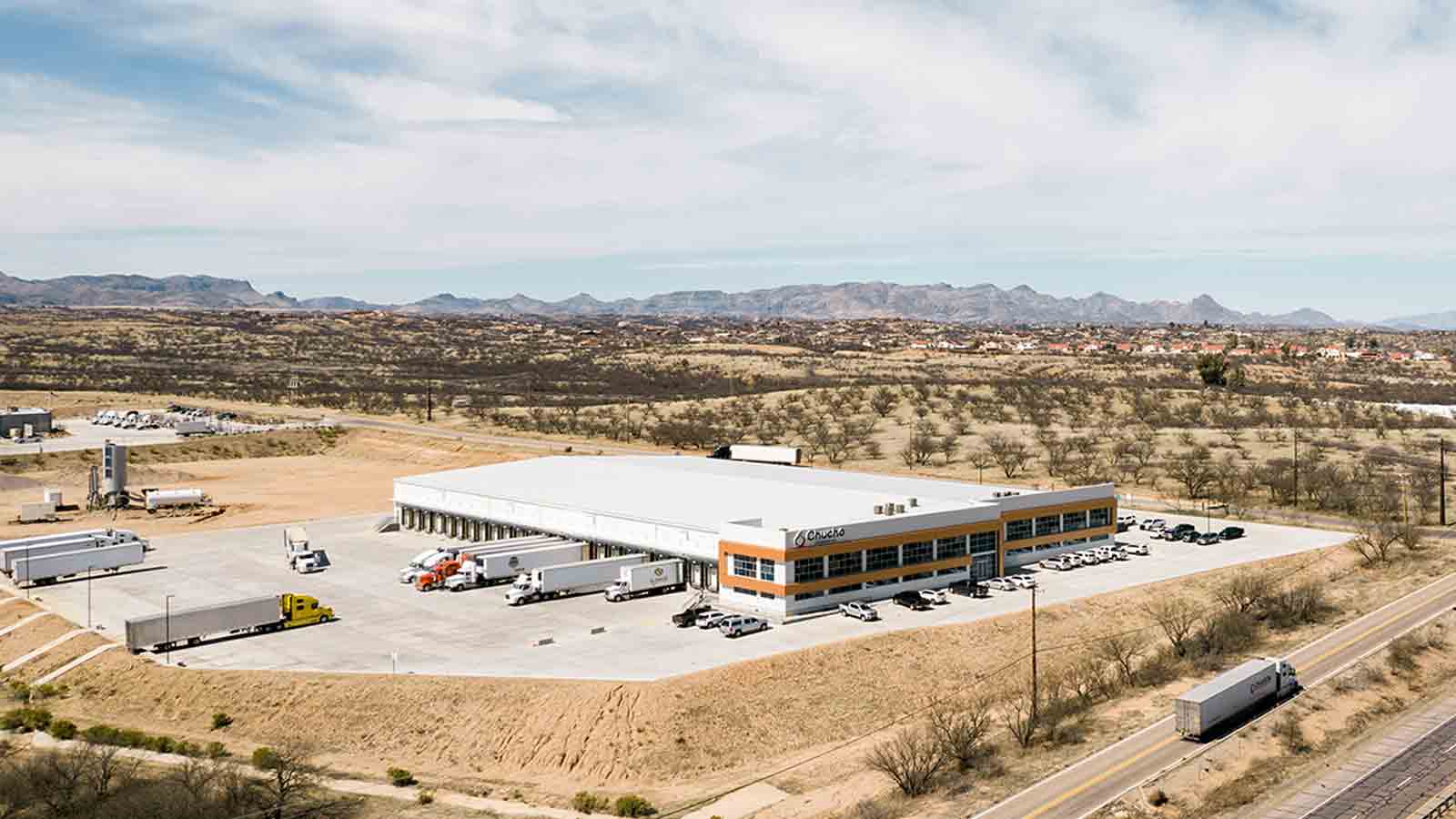Water: Conserving the Colorado River’s Liquid Gold
Apr 26, 2015, 10:39 AM | Updated: 12:17 pm

WATER LEVELS AT RECORD LOW:
Over the past 15 years, the water level at Lake Mead has dropped nearly 140 feet, revealing a white, mineral bath ring that dwarfs boaters as they navigate the narrowing waterways.
When this article posted, the water level was at 1,801 acre-feet. Another six feet and it will trigger an automatic shortage declaration. This summer’s triple digit temperatures are threatening to siphon off the remaining margin of water.
If it happens, this August, the Federal Bureau of Reclamation will announce cutbacks to the 7.5 million acre-feet of water normally delivered each year to the Colorado River Lower Basin, which includes California, Nevada, and Arizona.
Since 1922, Arizona has had rights to 2.8 million acre-feet of the Colorado River annually. The River Compact was based on seven states sharing 15 million acre-feet of water annually.
But, compact authors missed a critical fact, said Bob Barrett with Central Arizona Project. “They did not know at the time that they were in a wet cycle.”
Accounting for drought years, Barrett said a more reliable number is closer to 12 million acre-feet of water annually.
Over the decades, Barrett said Arizona leaders have operated, “Understanding that, A) We’re in a desert, B) water is scarce and, C) drought happens.”
It’s why Arizona leaders remained calm this month when California’s governor enacted mandatory water restrictions in his state.
If water allocations are reduced later this year, the 1922 Compact protects deliveries to the Arizona communities along the Colorado River, so they would not see a change. It’s the other 1.3 million acre-feet of water that would take the hit.
“The entire shortage is going to be felt by the Central Arizona Project,” warned Tom Buschatzke, Director of Arizona Department of Water Resources.
CAP’s canals stretch 336 miles from Lake Mead to ten miles south of Tucson, serving mostly rural Arizona communities and farmlands.
WATER RESTRICTIONS HIT FARMERS FIRST:
“(A shortage) is really going to cut about half of the agricultural pool, which in 2017 is about 300,000 acre-feet,” Buschatzke continued.
For Farmers like Dan Thelander in the Maricopa-Stanfield area south of Phoenix, it means converting to groundwater pumps. Right now, he’s in the middle of harvesting alfalfa, one of the most water intensive crops in the field.
“The majority [of the alfalfa] goes to dairies,” as feed for the cows Thelander explained, “making milk that supplies stores all over Arizona.”
As the expense to pump ground water outpaces profits, farmers start making hard choices.
“We’ll pick and choose our crops,” Thelander said. “We’ll grow less.” He looked out over the field as a large, green swather came toward him. “If we grow less,” he continued, “we buy less tractors, less fertilizers, and feed.”
The Arizona Farm Bureau reports agribusiness had a $12.4 billion impact on our state. That figure is double from the past decade. And, it’s a clue farmers are adapting to the drought.
“Arizona has some of the most efficient irrigation systems anywhere,” Thelander explained. “Part of the reason is the land is level and the other is water is very expensive,” so farmers are motivated to invest.
Through a state supported farm loan, Thelander was able to invest approximately $600,000 in drip irrigation systems on 300 acres of his farm.
The emitters drip about a quarter gallon of water per hour.
“That makes it so efficient because you can deliver precisely what the plant needs,” Thelander added. “You get less evaporation because the drip lines are in the soil.”
In its early stages, Thelander and other Arizona farmers invested in laser leveling technology to precisely level fields, so that water flows evenly over crops and ensures every root gets exactly the water it needs.
In neighboring California, farmers are guaranteed access to at least 75 percent of the state’s Colorado River allocation. When water shortages hit, the public rations first, and farmers last.
Here in Arizona, the water allocations are exact opposites: Farmers ration first, the public is last. The unintended, but happy consequence, is Arizona farmers are drought tolerant and tougher for it.
ARIZONA DROUGHT PREPARED:
“I think the difference here within Arizona is that we recognize we do reside in an arid environment,” said Bruce Hallin, Director of Water Rights and Contracts at Salt River Project.
“We’re always thinking, ‘How are we going to get that next water supply?’ ”
For decades, Arizona has treated water as if it were liquid gold. In 1980, the Arizona Ground Water Management Act set in motion a water banking code and established the Arizona Department of Water Resources to oversee the system.
Ignoring political and municipal jurisdictions, the DWR protects Arizona’s water resources, whether it is coming off the Colorado River directly, through CAP, or from SRP’s watersheds. The DWR also protects future water resources.
“Nowhere else in the western U.S. does an end user have to prove they have a 100-year water supply before they can go out and develop,” said Hallin.
While the CAP pulls its water from the Colorado River, SRP relies mainly on annual runoff into, “the Salt and Verde Rivers within Central Arizona,” coming from, “the Mogollon Rim, the White Mountains, and south of Flagstaff,” said Hallin.
HEALTHY FORESTS LINKED TO HEALTHY WATER:
Ponderosa Pines growing near those headwaters are threatening the runoff. Hallin called it a, “silent crisis,” when you consider, “Historically, before man was here, those forests would have 20-40 trees per acre, now we have over 1,000 trees per acre.”
The sign of real trouble ahead hit nearly 25 years ago with the Dude Fire along the Mogollon Rim. Six fire fighters died in the 85,000-acre wildfire, making it the deadliest forest fire in Arizona history.
But that was 1990, before we lost 19 elite fire fighters on Yarnell Hill in the summer of 2013. In the years between those two wicked fires, Hallin observed, “We went from 85,000 acres to… about 2 million acres of wildfires in Arizona.”
It’s front and center on the minds of Arizona U.S. Senators John McCain and Jeff Flake.
“We need to make sure the forest service moves quickly enough and has the resources not just to suppress fires, but also restore the forest,” Flake said at a Water Conservation forum earlier this month.
Backed by research from The Nature Conservancy, Northern Arizona University and forest fire experts from federal, state and city agencies, the two senators successfully convinced the federal Forest Service to accelerate approval on the Four Forest Restoration Initiative, better known as 4FRI.
The project, aimed at thinning 2.4 million acres of overgrown forest along Arizona’s northern rim, has sat idle for the past five years.
“With these catastrophic fires… we can’t go on like that or we’ll lose it all,” urged Flake.
Neil Chapman oversees ecological restoration for The Nature Conservancy in northern Arizona.
Standing on the northwest side of the San Francisco Peaks last week, you can see the remaining snow give way to a swath of Ponderosa Pine and Aspen trees.
“Each tree up here, and throughout our Ponderosa Pine forest, is like a straw drawing water up out of the ground.” Strategically thinning the trees he said, “we expect to see water yield increases by approximately 20%.” That hypothesis, he said, is already proving true on smaller scale thinning areas already tested in Hart Prairie Preserve.
Thinning the trees, Chapman explained, not only prevents the overgrown forests from sipping up water, but spares the soil from permanent damage by intense, high heat fires.
“When wild fires burn too hot for too long, the forest soils become hydrophobic and the seasonal rains that often follow cause increased erosion and flooding,” he said.
CLEANING EROSION COSTLY:
“All that erosion ends up in our reservoirs… and in our water supply,” added Hallin. It costs money to pull out the added sediment once it reaches Phoenix treatment plants.
Kevin Rose is Deputy Water Services Director for the City of Phoenix. He pointed to one of about a dozen opaque tubes in a lab. Each draws water samples from CAP and SRP sources.
“Right now, we have a 50/50 blend of Colorado River and Verde Water,” said Rose, “because of water quality issues.”
Rose has worked in the water industry for more than a decade and admitted lately, “We’re seeing more dirt coming into the water plants,” which costs more money to treat with chemicals before sending the water off to faucets valley wide.
CONTINUE CONSERVING AS DROUGHT LINGERS:
About 70 percent of that water sent to Phoenix customers is being used outdoors, said Stephanie Bracken with the Phoenix Water Department. Investing in a temperature and precipitation sensitive timer can help you better regulate watering the lawn. Better yet, said Bracken, “Put in xeriscape.”
Indoors, she continued, “Fixing leaks, using low water flow toilets, and replacing old appliances with more efficient models can reduce your water use.”
On conserving water as a whole, “Phoenix is doing an excellent job,” Bracken claimed. “We’re using 30 percent less water than we did in 1996, despite adding 360,000 residents.”
Heading into our 15th summer of drought, the National Oceanic and Atmospheric Administration (NOAA) is forecasting higher than normal temperatures for Arizona and the Southwest. Meteorologists predict higher than normal rainfall in the Rockies this spring, which could reduce chances for immediate wildfire seasons. But, forestry conservationists warn it also encourages faster undergrowth in the pines.
Looking at the drought as a whole, Arizona farmers, water department leaders, and forestry conservationists are routinely asked to speak on the challenge of conserving water going forward.
It’s the stewardship and future-minded management of Arizona’s water supply that filled our nearly empty aquifers in 1980.
“When you look at the aquifers today,” boasted Hallin, “they’re at the same levels as they were in the 1950’s.”
WHAT MUST HAPPEN MOVING FORWARD:
After a Department of Water Resource survey, Arizona was determined for the most part in safe territory.
But, climatologists are predicting an 85 percent chance of the drought lasting well into the next decade. It’s prompting Arizona’s leaders in water, agriculture and forestry to look at all possible answers.
In the short term, Buschatzke said we’ll support smaller programs. “Things like conservation outside the home, using reclaimed water, maybe eventually supporting direct potable use.”
Right now it’s not legal to convert waste water into drinking water, but Buschatzke is convinced the technology is there, as it is also there to convert seawater. Buschatzke reminded doubters, “The waste water treatment processes,” as well as the desalination processes, “are the acceleration of what Mother Nature has done over time.
“We’ve done the conservation,” Buschatzke continued, asking going forward that we all keep an open mind and, “support water providers and government agencies (working) from a water management perspective.”
As Senator Flake put it, “Arizona is the low man on the totem pole as far as draws from the Colorado.” In governmental meetings over water, “We need to make sure our voice is heard and it’s heard loud.”









